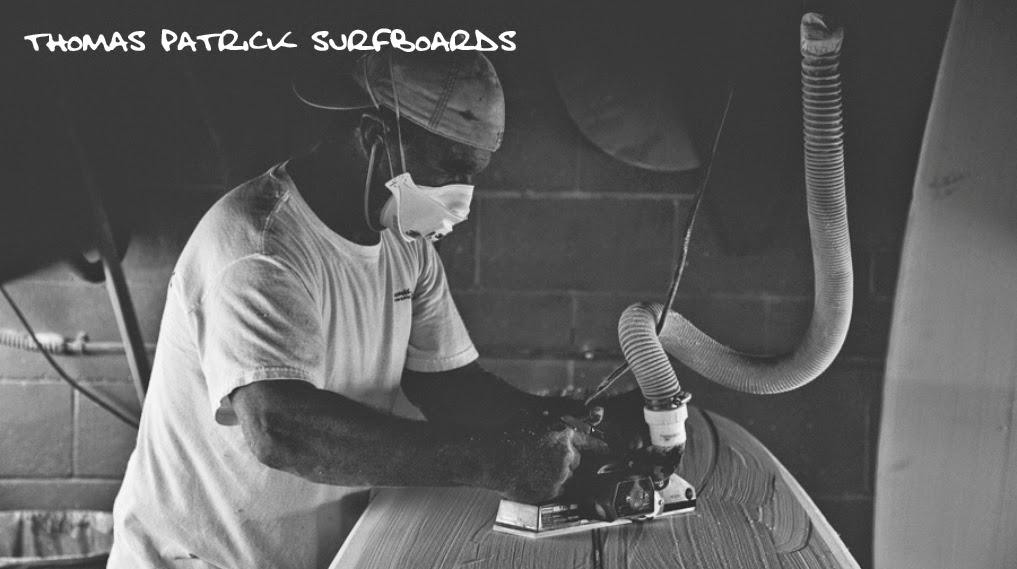EPS foam is composed of tiny beads of foam that are compressed together. Despite the compression, there remains tiny air spaces between the beads. Its these air spaces that give EPS foam its extra buoyancy and its the same air spaces that quickly fill with water when the outer fiberglass skin has been breeched. Additionally, the air in these tiny pockets will expand when heated and, seeking the path of least resistance, will vent between the foam core and the fiberglass skin. This causes delamination (more so with the less dense 1lb/1.5lb EPS used in SUPs. I use 1.7lb or 2.0lb). Polyurethane foam has a very different cell structure. The cells share cellular walls so that there is no empty space between cells. As a result, PU is more dense then EPS and less buoyant. Additionally, PU foam shapes much easier and can be finish-sanded to a uniform and almost velvet smoothness, ideal for resin-tint coloring. EPS, on the other hand, will have areas of pock marks where tiny beads have been pulled out. Spray-paint or colored resin tint will collect in these tiny holes, creating a slightly darker color, giving the finish a "freckled" look. And again, only epoxy resin can be used to laminate EPS. Standard polyester resin will dissolve EPS foam.
Delamination, due to "gas-off" or the release of air due to expansion caused by heat, was an early problem with EPS/epoxy surfboards. This was especially the case in hotter, tropical climates, or when storing the board in a non-air-conditioned space, such as a shed, garage or in a locked car. A one-way, goretex vent which allows hot air to be released, but doesn't allow water to enter, is used when the surf-craft is destined to be used in hotter climates. The vent, which is about as big as a nickel in diameter, is set into the board, flush with the deck. If you live in Inland So-Cal, or other places where +80*F temps are common, you may want to consider having a vent installed in your eps/epoxy board.
The main advantage of EPS is its buoyancy and light weight. Take two identical shapes, one in EPS and the other in PU, same glassing schedule, and the EPS board will feel 15%-20%% lighter. This allows the construction of thinner/smaller shapes to achieve the same "float" that would be achieved using PU foam. Note: rule of thumb is subtract 1/8" thickness to a shape done in EPS over one done in PU. I think this holds true for shortboards, but I think it should be more like -1/4" or maybe -3/16" for longer shapes. I shaped and rode a 7-11 egg that was 2-7/8" and it felt more lake 3-1/8" or maybe a little more.
The main advantage of EPS is its buoyancy and light weight. Take two identical shapes, one in EPS and the other in PU, same glassing schedule, and the EPS board will feel 15%-20%% lighter. This allows the construction of thinner/smaller shapes to achieve the same "float" that would be achieved using PU foam. Note: rule of thumb is subtract 1/8" thickness to a shape done in EPS over one done in PU. I think this holds true for shortboards, but I think it should be more like -1/4" or maybe -3/16" for longer shapes. I shaped and rode a 7-11 egg that was 2-7/8" and it felt more lake 3-1/8" or maybe a little more.

You actually make it seem sso easy with your prsentation but I
ReplyDeletefind this topic to be actually something which Ithink I would never understand.
It seems too complicated and very broad for me.
I'm lokking fokrward for your next post, I will try too get
the hang of it!
Also visit my web page - use this link